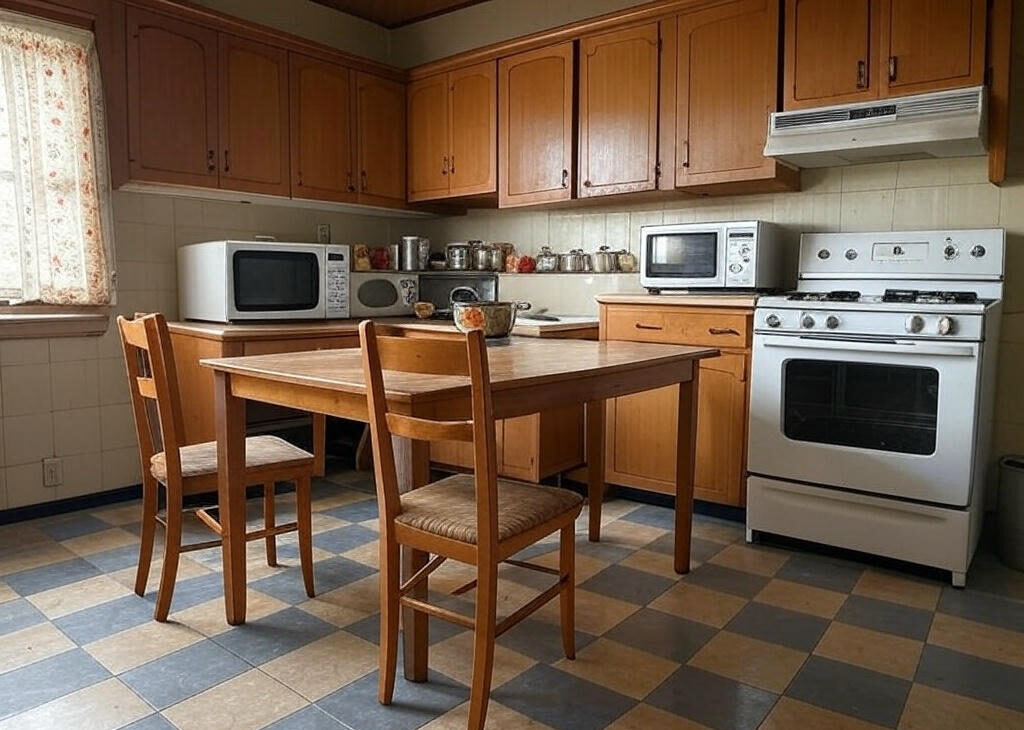Old Appliances: Repair, Replace, or Recycle

Sure! Here’s a well-written Introduction section using your structure and tone guidelines:
📌 Introduction: Why Decide?
Old Appliances: Repair, Replace, or Recycle
That old fridge hums louder than usual. The washer takes forever. The oven’s heat is hit or miss. Sound familiar? You’re not alone.
As appliances age, their performance slips, energy use climbs, and repairs start stacking up. The big question: Is it still worth fixing, or is it finally time to let it go?
This guide cuts through the noise. No vague advice or hard-sells just a practical framework to help you make the smart choice for your home, your budget, and even the planet. Whether you’re dealing with a decades-old dryer or a sluggish dishwasher, you’ll walk away knowing exactly what to do next.
Sure! Here’s a more concise version of the Repair vs. Replace: Cost‑Benefit Analysis section, while keeping clarity and user intent intact:
Repair vs. Replace: Cost‑Benefit Analysis
Not sure if fixing your appliance is worth it? Use this simple decision guide.
🛠️ Repair If
- Cost is less than 50% of replacement
A common rule of thumb if it’s a minor fix, it’s usually worth doing. - It’s under warranty or a quick fix
Covered repairs or simple parts (like hoses or thermostats) make repair the smarter move. - It still meets your needs
If it works well and you’re not missing out on efficiency or new features, stick with it.
🔁 Replace If:
- Repairs are frequent
Multiple breakdowns or recurring issues signal it’s nearing the end. - Repair cost exceeds 50% of a new unit
Especially true for older appliances. - Safety risks are present
Sparks, gas smells, or overheating? Don’t take chances replace immediately.
💡 Think Long-Term:
- Energy savings
New models are more efficient and lower monthly bills. - Rebates & incentives
Many utilities and retailers offer cash-back, discounts, or free haul-away for upgrades.
Repairing Smartly: What You Need to Know
Making the right fix starts with knowing your limits and your options.
🧰 DIY vs. Pro Repairs
- DIY works for small issues
Replacing a fridge seal, unclogging a drain, or tightening loose fittings can often be done safely at home. - Call a pro for complex systems
Electrical issues, gas connections, compressor failures, or internal wiring are better left to certified technicians. - Typical repair costs average $235
Prices vary depending on appliance type and labor in your area.
💡 Expert Tips to Save Time & Money
- Check your warranty first
Many manufacturers and retailers offer 1–5 year coverage. Extended plans may also include free service calls. - Don’t overlook local repair shops
They often charge less than big service networks, offer faster response times, and are part of the local right-to-repair movement.
🧭 Typical Lifespan
| Appliance | Average Lifespan |
|---|---|
| Refrigerator | 12–15 years |
| Washing Machine | 10–11 years |
| Dryer | 10–13 years |
| Dishwasher | 9–10 years |
| Oven/Stove | 13–15 years |
| Microwave | 8–10 years |
Safety & Prep Before Disposal
Before hauling that old appliance out the door, take a few simple steps to stay safe and compliant.
🧯 Basic Safety Checklist
- Unplug and disconnect all power, water, or gas lines
- Drain leftover water from washers, dishwashers, and fridges
- Secure or remove doors to prevent accidents during transport or curbside pickup
⚠️ Handle Hazardous Materials Properly
- Freon in fridges and AC units must be professionally removedNit’s illegal (and dangerous) to vent it yourself
- Some appliances contain mercury, oils, or other toxins that require certified disposal
(Sources: The Spruce, Wikipedia, Business Insider)
